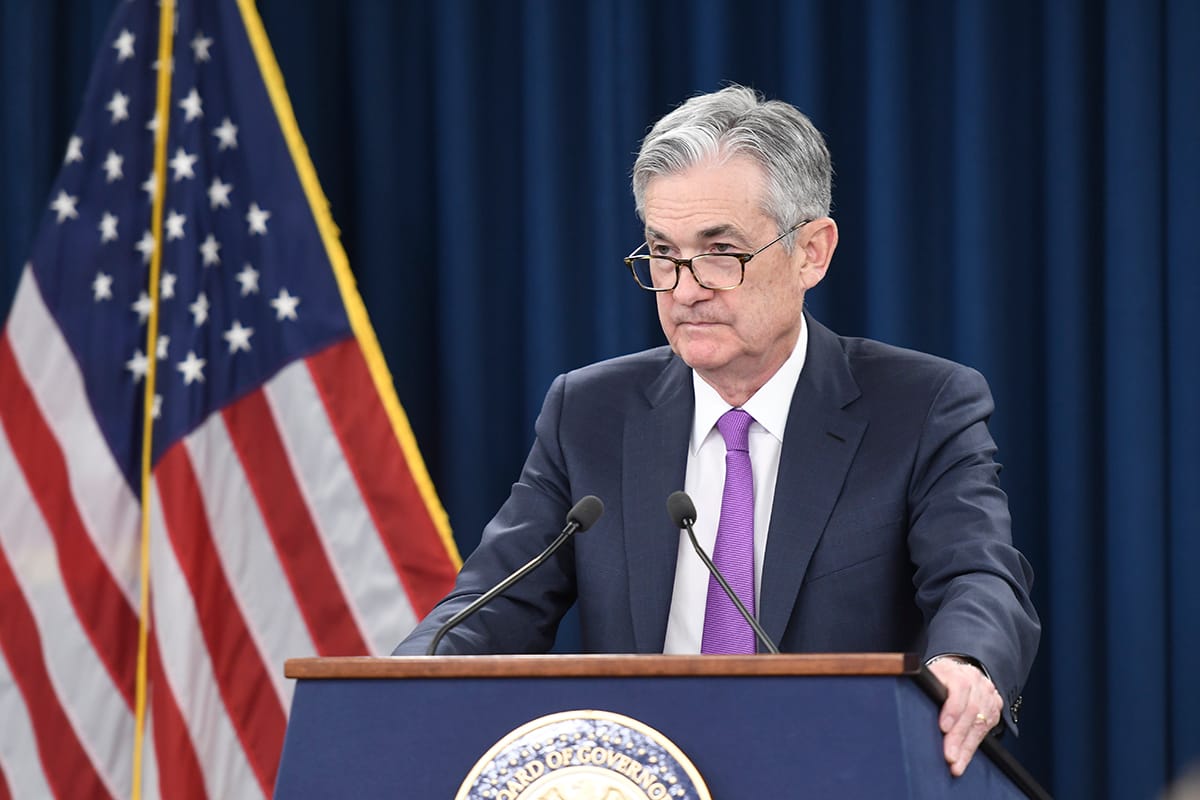As 2023 comes to an end, Wall Street is witnessing a slight decline in its major indexes, marking a subdued close to what has been a record-breaking year for the stock market. Throughout the year, the markets have experienced significant gains driven by strong corporate earnings, a resilient economy, and a favorable monetary policy environment. However, as the year winds down, investors are taking stock of economic signals and adjusting their strategies accordingly.
The Dow Jones Industrial Average, S&P 500, and Nasdaq Composite all experienced a dip as trading progressed on the final days of the year. The declines were attributed to a variety of factors, including concerns about inflation, interest rates, and potential geopolitical tensions that could impact market stability. Investors are particularly focused on the Federal Reserve’s stance on monetary policy, which has been a crucial driver of market performance throughout the year.
In recent weeks, market participants have been analyzing economic data releases, including employment figures and consumer spending reports. These indicators play a vital role in shaping investor sentiment and expectations for the economy’s trajectory in the coming months. The labor market has remained robust, with unemployment rates at historically low levels, which is generally seen as a positive sign for economic growth. However, inflationary pressures have persisted, leading to ongoing discussions about the Fed’s approach to interest rates.
As the new year approaches, many investors are reassessing their portfolios and considering potential adjustments in response to changing economic conditions. The end of the year often prompts fund managers and individual investors alike to engage in tax-loss harvesting, a strategy aimed at offsetting capital gains by selling underperforming assets. This practice can contribute to market volatility as investors make strategic moves to optimize their tax situations.
Moreover, the holiday season typically sees a slowdown in trading volumes as many institutional investors take time off. This reduced activity can exacerbate market movements, leading to sharper fluctuations in stock prices. The combination of light trading volumes and year-end portfolio adjustments can create an environment where small shifts in sentiment can have outsized effects on the market.
Another factor influencing the market is the ongoing developments in the global economy. Investors are closely monitoring international events, including trade relations and geopolitical tensions, which can have ripple effects on U.S. markets. The uncertainty surrounding international trade agreements and potential conflicts can weigh on investor confidence, prompting a cautious approach as the year concludes.
Despite the recent declines, the overall performance of the stock market in 2023 has been remarkable. Many sectors have posted impressive gains, with technology, healthcare, and consumer discretionary stocks leading the way. The resilience of these sectors has been supported by strong earnings reports and positive outlooks from industry leaders. As companies continue to adapt to changing consumer behaviors and technological advancements, there is optimism about sustained growth in these areas.
Looking ahead to 2024, analysts are evaluating the potential for continued market expansion. Factors such as interest rate adjustments, inflation trends, and economic growth forecasts will be critical in shaping market dynamics in the coming year. Investors are also keeping an eye on corporate earnings projections, which will provide insights into how companies are navigating the evolving economic landscape.
In conclusion, while Wall Street indexes are drifting lower as the year comes to a close, the broader context of the stock market’s performance in 2023 remains positive. Investors are navigating a complex landscape of economic indicators and market conditions, making strategic decisions as they prepare for the new year. The interplay between domestic and international factors will continue to play a significant role in determining market trends as we move into 2024.



